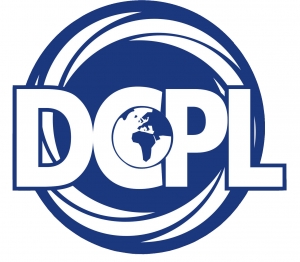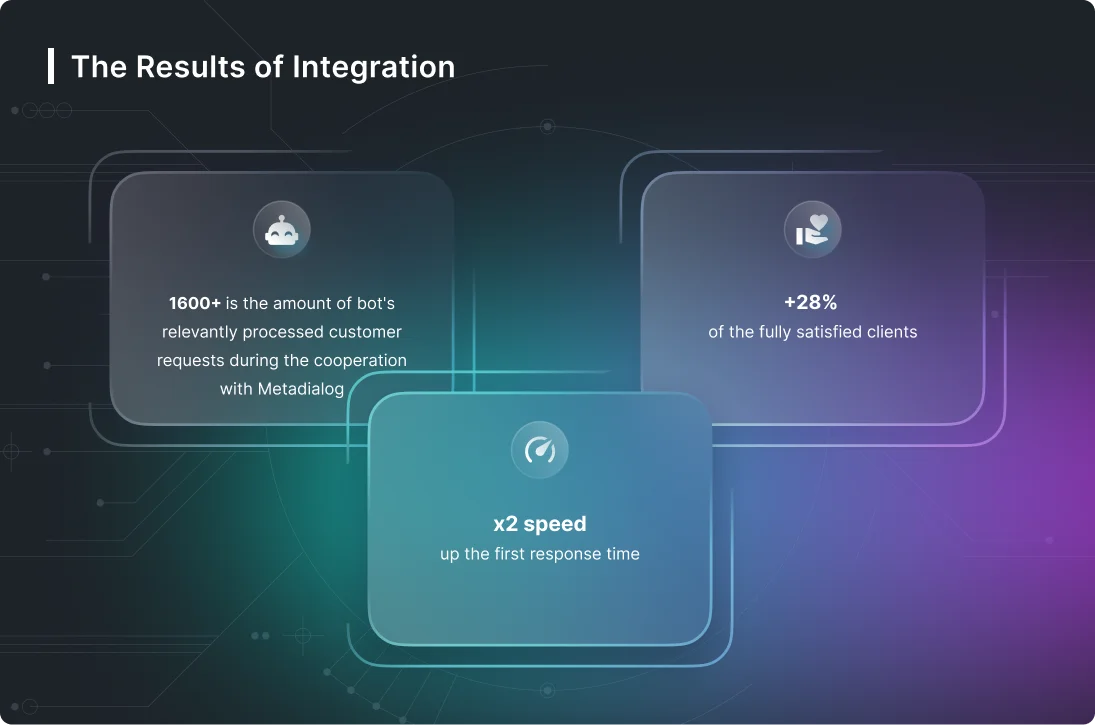In the early 1990s, after the Cold War, the G7 (formerly G8) faced challenges translating good intentions into tangible action. Critics contend the G8 reflects an outdated, Western-centric view of the global distribution of power. It then changed to G7 when Canada joined in 1976 and G8 with Russia in 1998. Both summits have traditionally drawn outrage and protest among activist groups demonstrating against capitalism, patriarchy and racism.
- Critics point out that these economies play an increasingly important role in the global marketplace yet continue to be shunned by the old guard.
- On this occasion the group agreed to begin meeting annually, with each representative assuming the role of president on a rotating basis.
- At its 2005 summit meeting the group devised a plan to create an international database of terrorist activities through which the member nations could pool information concerning specific terror plots, prominent terrorist leaders, and other vital data.
- The Group of Eight, or G8, is an organization that consists of eight of the world’s largest industrialized democratic nations and that is dedicated to discussing major political and economic issues.
- The issue took on added significance in 2013 as Russia continued to support Syrian president Bashar al-Assad’s regime with arms, financing, and diplomatic clout at odds with the positions of other G8 members.
Structure and Agenda of G8 Countries
They discussed financial crises, monetary systems, and major world crises like oil shortages, terrorism, and climate change. The G8 is a group of like-minded countries that share a belief in free enterprise as the best route to growth. As eight countries making up about half the world’s gross domestic product, the standards we set, the commitments we make, and the steps we take can help solve vital global issues, fire up economies and drive prosperity all over the world.
What is the G-8 and Why is Russia in It?
The UK Presidency is an opportunity for the UK to blackbull markets review influence the international debate on our global priorities, which include tax, trade and transparency. At the end of this year, the UK will hand over the Presidency to Russia for 2014. The Presidency will continue in its rotation to Germany in 2015, Japan in 2016, Italy in 2017, Canada in 2018, France in 2019, and the USA in 2020 before it returns to the UK. Both the Crimean referendum on its future status and Russia’s subsequent annexation of the Ukrainian autonomous region were condemned by the G7 leaders as “illegal and in violation of international law.” Russia was suspended from the group of 8 in 2014 due to objections over its annexation of Crimea, and it announced its permanent departure in 2017, leaving only seven active member countries.
The G8 remains relevant due to the economic and political influence of its member countries. It acts as a platform for these nations to coordinate policies and responses to global issues, which can have a wide-ranging impact due to their combined economic weight. The G8 is predominantly concerned with political and economic issues that affect the international community as a whole. Major issues since the 1990s have included global law-enforcement initiatives, environmental quality, health issues, and other matters that affect international relations. Treasury Secretary George P. Shultz (b. 1920) invited representatives from the governments of Germany, the United Kingdom, and France to participate in a meeting to discuss international economic policy. Because the meeting occurred in the White House Library, this group of nations became known as the Library Group.
In this way, the G-8 would provide the Atlantic institutions a collective identity and visibility as an international community of nations; in effect it would give a new lease on life to what used to be called “the Atlantic community”. Whether or not this vision comes to pass, the prospects for an evolution in this direction are certainly enhanced by the inclusion of Russia in the G-8 and the political upgrading it has already brought. The G-7 was formed originally in the 1970s for maintaining economic coordination among the Western powers after the collapse of the original Bretton Woods currency system.
Unlike the United Nations or other international organizations, the G8 is a relatively informal group — it has no permanent administration, no officers and no physical headquarters. In 2006 the G8 nations accounted for 70 percent of the world’s total gross domestic product (GDP), which is the value of all goods and services produced over a set period of time. While some contend that the G7’s (formerly G8) limited and homogeneous membership encourages cooperative decision-making, others counter that it regularly fails to follow through and excludes important emerging nations.
We and our partners process data to provide:
On this occasion the group agreed to begin meeting annually, with each representative assuming the role of president on a rotating basis. Participants at the first meeting were the United States, France, West Germany, Japan, Italy, and the United Kingdom. Canada joined the group the following year, and in 1977 the head of the European Economic Community also participated. Originally, the group was comprised of six original axes forex broker review countries, with Canada added in 1976 and Russia in 1997. The first official summit was held in France in 1975, but a smaller, more informal group met in Washington, D.C two years earlier. Treasury Secretary George Shultz, who invited finance ministers from Germany, the UK, and France to meet at the White House, with the looming Middle East oil crisis a topic of serious concern.
What does the Presidency involve?
While there are no formal criteria for membership, member states are expected to be democracies and have highly developed economies. The G8, unlike the United Nations, is not a formal institution, and there is no charter or secretariat. The presidency, a position responsible for planning ministerial meetings and the annual summit, rotates among the member states. Some, such as James Huntley, have seen the G-8, with its summits on the highest level, as the venue where there is more potential energy and visibility than the other transatlantic institutions, and have proposed building on this fact. They have advocated giving the G-8 a secretariat for continuity of work, tasking it with energizing the entire set of Atlantic institutions by planning initiatives for them, and making it the public face for these institutions collectively.
Download the PDF on Group of Eight (G8 Countries) notes for UPSC Exam here.
But the rise of countries such as China and India has prompted the G7 to hone in on the rule of law, human rights and open markets. Canada will host the 2025 G7 Leaders’ Summit from June 15 to 17 in Kananaskis, Alta., located west of Calgary in the Rockies. The European Union has also been included in the G7 since 1981 (when Canada hosted) as a “non-enumerated” member because of its large market size, according to think tank the Council on Foreign Relations. Yet, instead of building on this support in order to upgrade the G-8, the talk in the West nowadays is of kicking Russia out of the G-8. This is supposed to be a way of teaching it an object lesson about democracy, although it would likely have the opposite effect. Russia’s involvement in the Group of 8 (G-8) is promising in both for Russia and for the G-8.
Neither Africa nor Latin America is represented in the body, and Brazilian president Lula da Silva said in 2009 that the G8 “doesn’t have any reason to exist.” Member states’ failure to deliver on ambitious commitments has been the subject of much criticism, but in recent years, external actors bringing attention to the problem of noncompliance have made accountability a critical part of the G8 agenda. “The G8—the governments themselves—have become increasingly aware of the cynicism that attends to G8 commitments and whether they’re actually delivered upon,” Patrick says, citing the importance of pressure from civil society. Cameron has made accountability a key part of this year’s agenda, particularly with respect to development assistance, and his office issued a report card in advance of the summit evaluating member states’ performance on prior commitments on international development. “The opportunity for unscripted, unfiltered, unmediated conversation amongst the world leaders at summits is something that routinely is mentioned as absolutely essential for potential breakthroughs, true understanding, and meeting of minds,” Patrick says. Moscow faced renewed criticism in March 2014 on the heels of its invasion of neighboring Ukraine’s Crimea region, the home of Russia’s Black Sea Fleet and many ethnic Russians, amid political transition in the capital of Kiev.
Member nations wielded significant power because their combined wealth and resources made up roughly half the entire global economy. Leaders from the G-8 nations included presidents, prime ministers, cabinet members, and economic advisors. They assembled in this forum to exchange ideas, brainstorm solutions, and discuss innovative strategies that would benefit each nation as well as the Roboforex Review world as a whole.
- Live Science is part of Future US Inc, an international media group and leading digital publisher.
- Collectively, in 2012 the G8 nations comprised 50.1 percent of 2012 global nominal GDP and 40.9 percent of global GDP (PPP).
- In a somber coincidence, on July 7, the second day of that year’s G8 meetings, terrorists bombed the London subway system, killing more than 50 people.
After the breakup of the Soviet Union in 1991, however, the newly democratic Russian state began to participate informally in talks with G7 nations, eventually joining the group to form the G8. By 2005 politicians in the United States, notably Senator Joseph Lieberman (b. 1942) of Connecticut and Senator John McCain (b. 1936) of Arizona, began to insist that Russia be suspended from the G8 for what they perceived to be Putin’s repressive political policies. In 1994 Russia began meeting with the G7 nations to discuss political concerns of vital interest to the world’s most powerful nations. These meetings came to be referred to as the P8, or Political Eight; the group was also known, informally, as the “G7 plus one.” When Russia officially joined the group in 1997, the G7 became known as the Group of Eight, or G8.
How many countries are in G8?
The G8, or Group of Eight, is a slightly outdated name for the annual meeting of the top global economic powers. Conceived in 1973 as a forum for world leaders, the G8 has, for the most part, been replaced by the G20 forum since about 2008. It began in 1975 as a gathering of the six other countries, excluding Canada. Members created the group in reaction to global economic crises of the time, where high oil prices caused instability, slow growth and high inflation. The G7 provides an opportunity for major democracies to convene, and discuss global economic policy and emerging global crises.
The summit is an opportunity for G8 leaders to have frank and open discussions about the important global issues of the day. In 2013 it will be the UK’s turn to shape the G8’s approach to these discussions with G8 leaders holding each other to account and agreeing concrete steps to advance growth and prosperity across the world. In the early 1970s, the Group of Eight (G8) was founded by informal meetings of leaders from the United States, United Kingdom, France, West Germany, Italy, and Japan in Paris to address the recession and oil crises. Over time, more countries joined, starting with Canada in 1976 and ending with Russia in 1997.



.jpeg)
.jpeg)
